GENERAL DATA
Plant Parts: Leaf, resin
Cultivation Mode: Wild collection/Cultivated
In Manufacturing: Pharmaceutical, perfumery, fragrance, extract, incense, herbal tea.
HARVEST CALENDAR
Feb
Mar
Apr
May
Jun
Jul
Aug
Sep
Oct
Nov
Dec
To order Ivy dry leaves, please contact us.
About Hedera Helix
Hedera helix is a runner and climber plant with small, green, heart-shaped leaves that climbs if it is close to a tree, wall, scaffolding, or rock; Otherwise, it crawls on the ground and acts as a cover plant.
The length of the largest climber or creeper stem of this types of Ivy reaches fifty meters. The flowers of this plant are yellow-green and appear 8 to 10 years after planting. It has been reported that Hedera helix can be 400 to 500 years and even 1000 years old. Its ripe fruit contains poisonous substances. This plant is native to Asia, Europe, and northern Iran. It grows in humid mountainous areas, next to rivulets and humid lands.
Hedera spp. has leaves that wrap around a straight stem in a circle. Yellow-green umbellate flowers grow in the center of this plant and produce red circle fruits. The wrinkles in the neck of the root indicate the age of this plant. This is very important because Hedera is not ready to harvest before 4 or 5 years old.
To order Ivy Resin, please contact us.
The phytochemical screening of Hedera helix indicated the presence of different classes of secondary metabolites, such as alkaloids, terpenoids, saponins and tannins.
These compounds vary in type in different parts of the plant and are dependent on the type of the solvent used for the extraction. The chloroform and methanolic extracts revealed the presence of alkaloids, while terpenoids, saponins, and tannins were present in the n-hexane, chloroform, ethyl acetate and methanol extracts, respectively.
In the methylene chloride extract, from the leaves of Hedera helix, the following active components were found: β-amyrin; stigmasterol and hexadecanoic acid.
Using a new solid-liquid extraction technique highlighted the presence of active ingredients in the aqueous leaf extract of Hedera helix. Thus, flavonoids, proteins, amino acids and small amounts of triterpene saponins were recorded. In the extract, the flavonoids rutin, quercetin, kaempferol, and apigenin were identified, and the amino acids asparagine, glycine, isoleucine, leucine, phenylalanine, proline, tyrosine, and valine were identified by means of chromatographic methods.
Numerous studies have investigated the bioactive compounds of Hedera helix. Such studies used different methods to identify the compounds. Thus, triterpene saponins, such as hederasaponins E(1), F(2), H(7) and I(8) and cauloside F, were isolated from the leaves of Hedera helix and were characterised by chemical and spectroscopic methods. The saponins hederacoside C and α-hederin, from different ivy leaf extracts, were detected using reversed-phase high-HPLC.
A thorough investigation of the phenolic constituents from the dry extract of Hedera helix revealed the presence of rutin, kaempferol 3-O-rutinoside, quercetin 3-O-glucoside, kaempferol 3-O-glucoside, quercetin, kaempferol, chlorogenic acid, neochlorogenic acid, 4,5- and 3,5-O-dicaffeoyl-quinic acids, as well as rosmarinic, caffeic, and protocatechuic acids. These compounds were isolated and identified by spectroscopic methods.
Furthermore, data from the literature mention the presence of emetine alkaloid in the ivy plant. Emetine is a natural product alkaloid found in several plant species. Its structure was elucidated, and its biological properties were studied. Thus, the antiviral, anticancer, antiparasitic and contraceptive activities were assigned.
The major problem discouraging the medicinal use of this alkaloid is represented by cardiotoxicity and cytotoxicity, but these are dose-dependent. Emetine alkaloid was separated for the first time from the alcoholic extract of the four varieties of Hedera helix growing in Egypt. The presence of the alkaloid was investigated by applying IR, UV, NMR and MS analyses. Another innovative, sensitive, and accurate method for the isolation and quantification of emetine alkaloid is the RP-HPLC.
Even if most of the studies elucidate the chemical composition of plant extracts, we believe that it is equally important to quantify the bioactive substances, because they might be very different depending on the plant organ, the solvent, and the method used for extraction.
The goal after identifying and isolating biologically active compounds from plants is to study them as possible curing agents. These kinds of studies are related especially to the therapeutic properties of the bioactive compounds, which are mainly used to treat human disorders. Such studies showed the anti-inflammatory effect of ivy, specifically the saponins extracted from the leaves of Hedera helix and the anti-inflammatory and antiarthritic effects of the ethanolic extract of Hedera helix, which were found to be comparable to that of diclofenac. Additionally, the methanolic extract of Hedera helix leaves and the saponins (hederacolchiside-E and -F) have dose-dependent analgesic and anti-inflammatory activities.
A number of studies regarding ivy properties have demonstrated its benefits in respiratory diseases. Such studies confirmed that ivy leaf extract, in the form of syrup and in cough drops, is an effective and safe treatment of cough in children, in acute bronchitis therapy, and for acute upper respiratory tract infections, in general.
The traditional use of ivy for medicinal purposes is confirmed by its secretolytic, expectorant, and bronchospasmolytic effects, mainly due to the triterpene saponins, which are the main ingredients and are pharmacologically the most important substances from the ivy leaf extracts. Moreover, the Hedera helix extract was reported to have antitumour and antimutagenic effects, antioxidant properties due to the saponins (α-hederin and hederasaponin-C), hypoglycemic activity, antileishmanial and antihelmintic properties.
Studies regarding the antimicrobial properties of the Hedera helix extracts are incomparably fewer. Such studies mention that the aqueous extract of Hedera helix has antibacterial, antimycobacterial and antifungal activities. The ethyl acetate and methanol extracts were active against two strains of Gram-negative bacteria (Escherichia coli, Klebsiella pneumoniae) and three strains of Gram-positive bacteria (Staphylococcus aureus, S. epidermidis, Bacillus subtilis) at concentration of 22 mg×mL–1.
In addition to its therapeutic properties for human disorders, there are a few studies related to the antibacterial and antifungal activity of the ivy extract against plant pathogenic agents. Interesting results were obtained when testing the antibacterial effect of the Hedera helix extract against Erwinia amylovora.
The Hedera extract caused a pronounced increase in peroxidase and chitinase activity and induced the activation of defence genes, leading to the accumulation of structural and biochemical activities at strategic sites, which can be associated with induction of resistance against fireblight. More specifically, the ethanolic extract of Hedera helix exhibited a high degree of antifungal activity against late blight (Phytophthora infestans) of tomato and downy mildew (Pseudoperonospora cubensis) of cucumber.
Previous studies attest the antifungal properties of Hedera spp. extract against plant pathogenic fungi, while our results contribute the data in the literature on this topic with useful information regarding the possibility of being able to control plant pathogenic fungi that cause important and frequent diseases to vegetables and ornamental plants.
Further studies should consider the assessment of the specific bioactive compound with the highest antifungal activity.
To order Ivy Resin, please contact us.
Divide the decoction of 5 grams of Ivy stems into 3 parts and drink it throughout the day. It is sudorific and emmenagogue.
Boil ten pieces of Ivy fruit and drink its decoction. It is laxative, diuretic, and stimulant.
In China, they make a decoction from its thin and green stems, in which one or two other plants are added. It relieves headaches and coughs.
The decoction of Ivy leaves has cleansing properties, and if you boil and wash dark dirty clothes with it, they will be cleaned very well.
To order Ivy Resin, please contact us.
Ivy Dose
Its fruit up to 10 pieces. To make a decoction of its leaves, use a maximum of 4 grams of leaves in one liter of water.
Take 0.5 to 1 gram of its fruit powder as a laxative mixed with honey and another delicious ingredient.
Ivy Side Effects
There are poisonous substances in this plant, it should be used with caution and under the supervision of a specialist.
To order Poison ivy resin, please contact us.
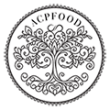
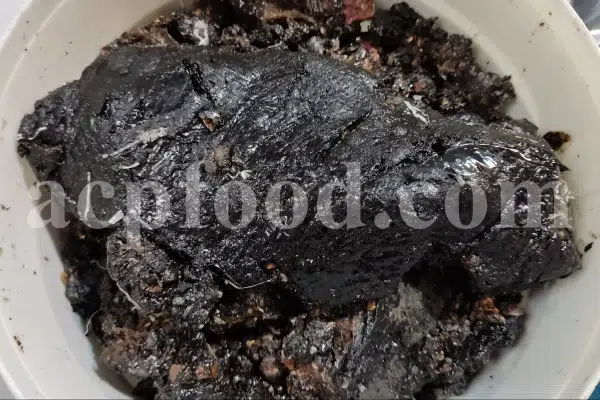

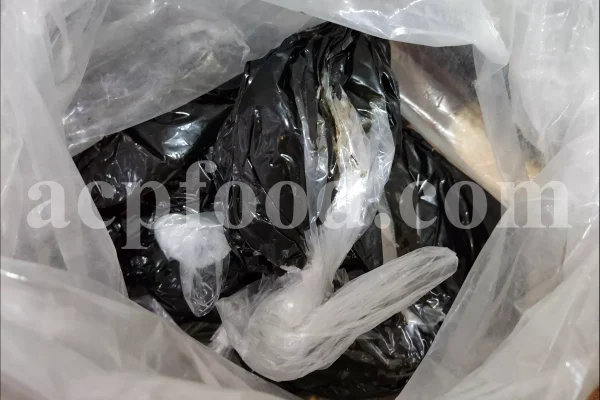
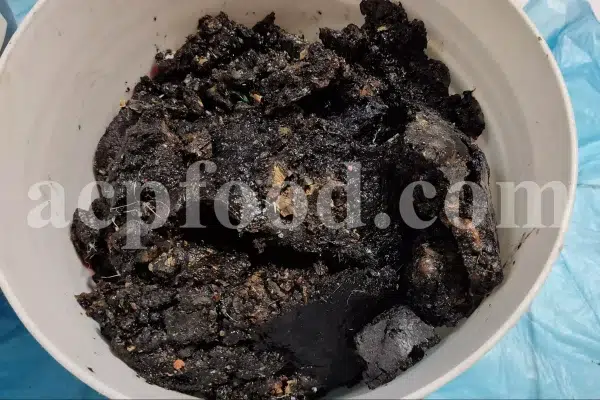
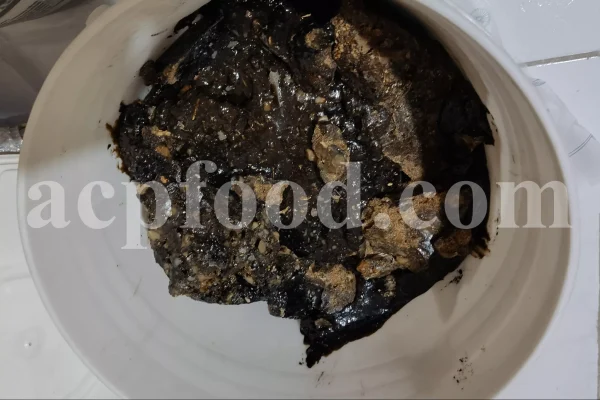
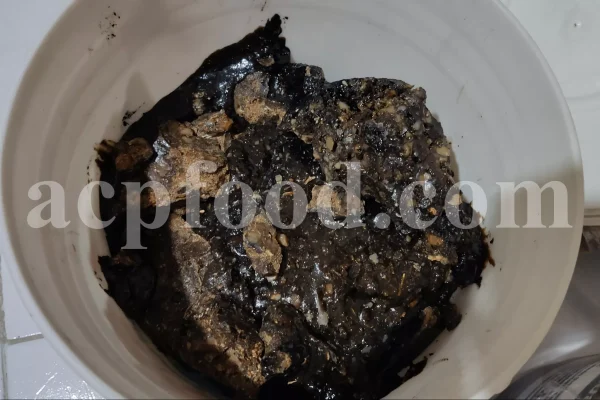

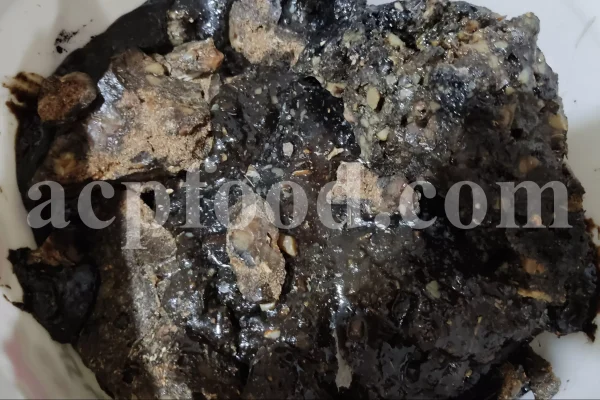


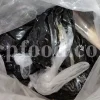

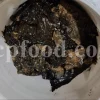

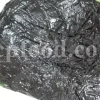






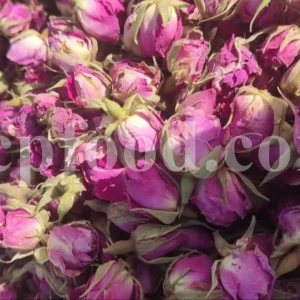



Reviews
There are no reviews yet.